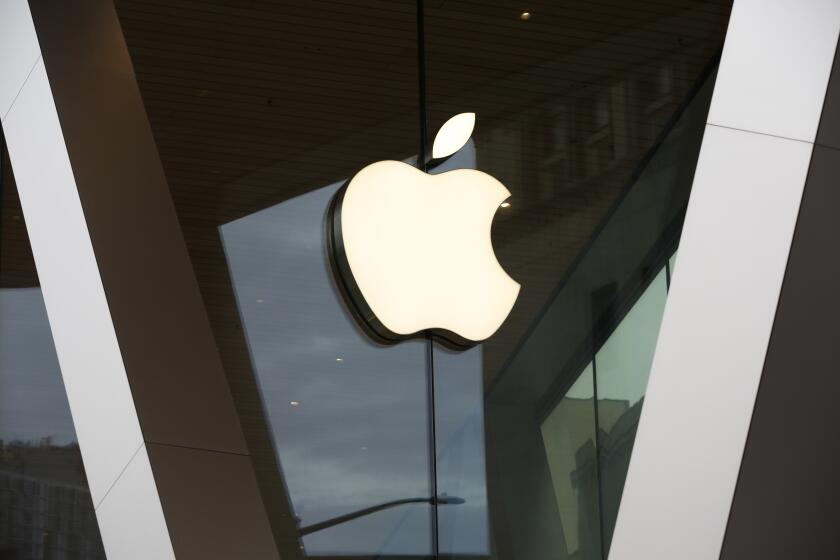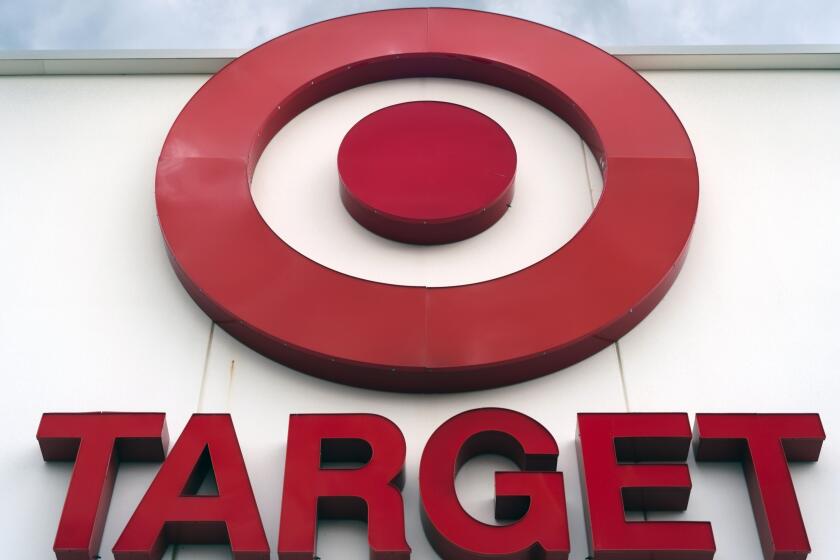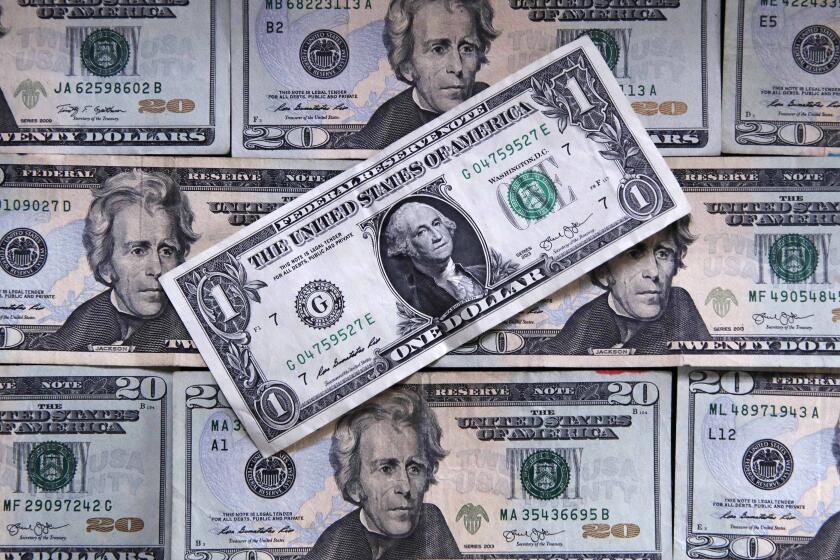Save for Down Payment or Buy Now? Here’s Math Help
- Share via
Question: Please settle an argument. I believe that we should buy our house now, even though we have no money for a down payment, because our credit is good and we can get a 100% loan. House prices have been rising in our area by about 4% a year. My wife thinks we should save for a year first to accumulate enough to put 5% down. What do you think?
Answer: This question keeps popping up in my mailbox, and I don’t yet have an online calculator to which I can send readers. But I do have a spreadsheet that will provide an answer.
Whether you would be better off buying first or saving first will depend on which option results in the lower net cost over the period you expect to be in the house. I’ll assume you will be in your house six years if you buy now, five years if you wait a year.
An important factor influencing the result is the expected rate of house appreciation. Higher appreciation increases the cost of waiting. I use your assumption of 4% appreciation.
A second important factor is the difference in interest rate (including mortgage insurance) between a no-down-payment loan and a loan with 5% down. A larger rate differential increases the cost of buying now rather than waiting.
I’ll assume a rate of 8% with 5% down, and 9% with zero down.
A third factor is the rent you would have to pay during the year you are waiting to buy. I assume the rent is 4.8% of the value of the purchased house.
The fourth factor is the interest opportunity cost: the interest rate you could earn on the money you save for a down payment, on the rent, and on the monthly payments. I assume this to be 4%.
Save First: The cost of saving first is the sum of the down-payment cost plus the mortgage cost plus the rent cost, less the equity in the house after six years.
The down-payment cost is the down-payment amount plus the interest that could have been earned on it. If house prices are rising at 4% a year, a house that you can buy now for $100,000 would cost $104,000 one year later. A 5% down payment is thus $5,200. Invested at 4% for five years, this would grow to a total down-payment cost of $6,326.
The mortgage cost is the sum of the monthly mortgage payments invested at 4% over five years. A mortgage of $98,800 at 8% for 30 years requires a monthly payment of $724.96. Over five years, these payments would accumulate to $48,064.
The rent cost would be $400 a month, which at 4% accumulates to $4,889 at the end of the first year and to $5,969 after six years.
An offset to these costs is the equity in the house at the end of the six years.
This would be the house value of $126,532 less the loan balance of $93,929 or $32,603.
The total cost of the save-first strategy over six years is thus $6,326 plus $48,064 plus $5,969 minus $32,603 equals $27,756.
Buy First: The cost of buying first is the mortgage cost over six years less the equity in the house at the end of the period.
The mortgage in this case is for $100,000 at 9% for 30 years, with a monthly payment of $804.62. The payments over six years invested at 4% add to $65,353.
The equity after six years would be the house value of $126,532 less the balance of $94,810, or $31,722.
The total cost of buying first would thus be $65,353 minus $31,722 equals $33,632. The cost of buying first thus exceeds the cost of saving first by $5,876.
The result is very sensitive to the interest rate difference between the mortgages, and to the expected rate of price appreciation. After testing a number of assumptions, here is where I come out:
If the expected rate of property appreciation is 4% a year or less, you will always come out better saving first.
At 6% appreciation, you will come out better saving first if the rate on the zero-down loan is more than .5% higher than the rate on the 5%-down loan. But if the rate difference is less than .5%, you do better buying first.
At 8% appreciation, you will come out better saving first only if the rate on the zero-down loan is 1% or more above the rate on the 5%-down loan.
More to Read
Inside the business of entertainment
The Wide Shot brings you news, analysis and insights on everything from streaming wars to production — and what it all means for the future.
You may occasionally receive promotional content from the Los Angeles Times.










